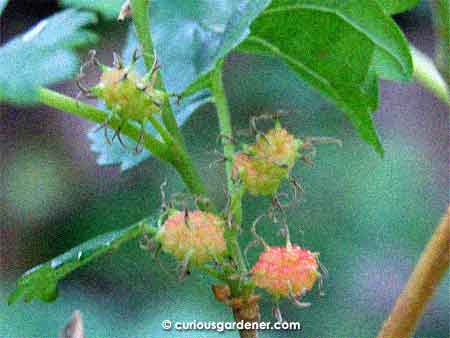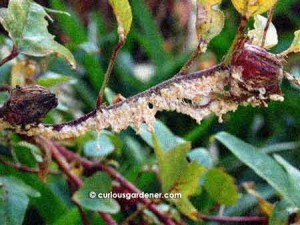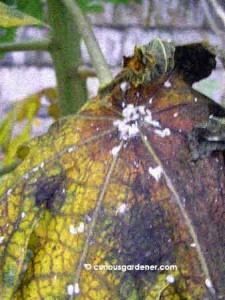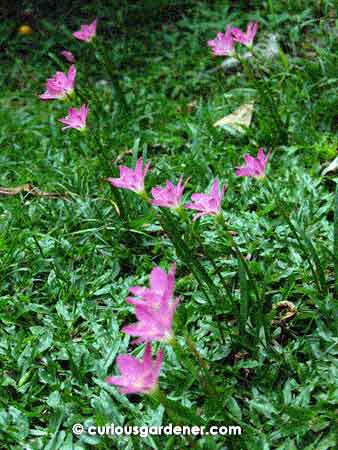If I were a pixie living in my garden, I’d be really thrilled at the sight of the mulberries ripening on the plants. They’re slowly forming and starting to change colour from the pale green to a blushing pink. With time, they’ll change to red, and then almost black.
As a human, however, I look at the fruits wistfully and consider that it would take about 10 of them to make a small mouthful, and maybe 1,000 for a pie, if I planned to make a pie. The fruits are woefully tiny – not even 1cm long. I thought that the size might have been limited by having the plants growing in pots, but the plant that had rooted itself in the ground also has tiny fruits. So, either I keep propagating this plant so I have many little plants producing fruits, or I just keep a couple as novelty plants. Hm. This is one time I wish I could be a garden pixie, then I’d be the right size to pluck a fruit, take a nice munch out of it, and still have a few munches more to look forward to.
© 2012 curiousgardener.com All rights reserved.










